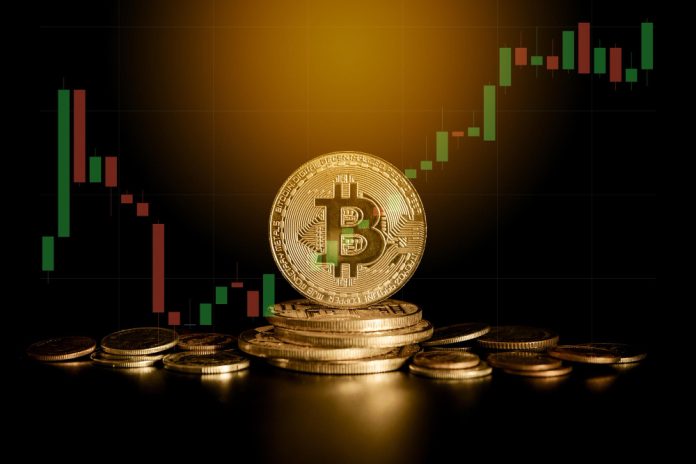Fantasy Crypto Trading Card Game Debuts on Blast Mainnet with Points Airdrop
This post was originally published on this site

Fantasy, a crypto trading card game allowing users to trade crypto influencers as cards, has launched on Blast mainnet. The project garnered $600,000 in funding in February.
Fantasy, the crypto trading card game, is now live on Blast mainnet after a successful testnet phase. Users can trade crypto influencers portrayed as trading cards on the app, with influencers earning a 1.5% cut each time their cards are traded.
The project secured $600,000 in funding from Alliance DAO, Manifold Trading, Fabric Ventures, and angel investors in February. Notable angel investors include Santiago Santos from former ParaFi Capital, Bryan Pellegrino from LayerZero Labs, and the pseudonymous NFT influencer known as “money.”
Fantasy is also offering a points airdrop based on activity on social media platform X and on-chain metrics from several blockchains, including Blast.
During the testnet phase, Fantasy gained significant traction with influencers like Ansem driving interest. Ansem’s trading cards generated substantial testnet ETH trading volume, resulting in rewards of testnet ETH. The project’s success on mainnet will depend on its ability to sustain similar momentum.
Additionally, Fantasy allows users to participate in competitions using five of their cards. During the testnet phase, over 23,800 users engaged in such competitions, with a total of 75,000 registered users.
Fantasy operates on Blast, a Layer 2 network on Ethereum launched on mainnet in February. Blast aims to offer a native-yield model for ether and stablecoins, providing 4% interest for ether and 5% for stablecoins. The network was developed by Tieshun Roquerre, founder of the NFT marketplace Blur.
Featured Image: Freepik
















